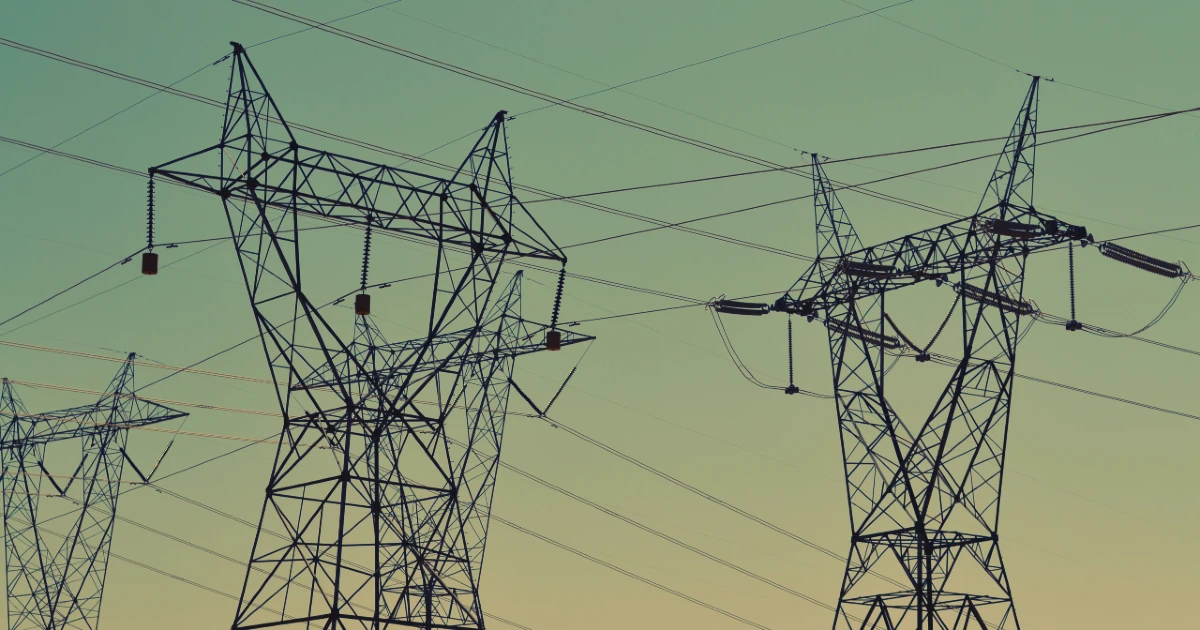Ceiling water damage is one of the most visible—and often most expensive—issues landlords face. Whether caused by a burst pipe, a leaking roof, or an upstairs appliance, even a small ceiling stain can indicate deeper problems that threaten the structural integrity of your rental.
In this guide, we’ll help landlords identify common causes of ceiling water damage, explain what’s covered by insurance, and share tips for preventing long-term issues like mold, tenant complaints, and costly repairs.
What causes ceiling water damage in rental homes
The source of water damage above a ceiling often isn’t immediately obvious—especially in multi-story homes or multifamily units. Here are some of the most common causes landlords should watch for:
- Burst or leaking pipes from upstairs bathrooms, kitchens, or laundry rooms
- Roof leaks after heavy rain, wind, or snow accumulation
- HVAC condensation or clogged drain lines overflowing into attic spaces
- Appliance failures from washing machines or water heaters located above
- Poor sealing around upstairs showers, bathtubs, or tile grout
If the ceiling is sagging, bubbling, or shows yellow or brown stains, water intrusion has already begun. Tenants may also report a musty odor or light fixture issues.
Is ceiling water damage covered by landlord insurance?
In most cases, yes—landlord insurance covers sudden and accidental ceiling water damage. That includes damage from a pipe bursting, a storm-damaged roof, or a broken appliance.
Typically, the following are included:
- Repairs to the ceiling and damaged structural components
- Water mitigation and drying services
- Repainting or cosmetic restoration after repairs
- Mold remediation (if part of a covered claim)
- Loss of rental income if the unit becomes uninhabitable during repairs
However, insurance may not cover water damage caused by neglect or long-term leaks. For example, if a slow pipe leak has been dripping for weeks or months, an adjuster may determine it was preventable—and deny the claim.
Common exclusions and limitations
Even with a strong landlord policy, certain scenarios may not be covered:
- Long-term or repeated leaks from unaddressed maintenance issues
- Roof leaks caused by wear and tear rather than storm damage
- Leaks caused by poor construction or unpermitted work
- Water intrusion from flooding (a separate flood insurance policy is typically required)
- Damage caused by tenant negligence (unless covered under liability insurance)
The best way to avoid surprise denials is to document maintenance, respond to tenant-reported issues quickly, and photograph any problem areas before repair work begins.

Steps landlords should take after discovering ceiling damage
If your tenant notifies you of a ceiling leak or visible damage, act quickly:
- Schedule an immediate inspection by a licensed contractor or roofer
- Stop the source of water (shut off plumbing, cover the roof, etc.)
- Take photos or video of the damage as-is
- Notify your insurance carrier right away and begin the claim process
- Arrange for a water mitigation crew to begin drying the affected area
- Keep records of all communications, receipts, and repair estimates
If damage occurred due to something like a burst pipe, make sure your claim notes that the event was sudden—not gradual or preventable.
Preventing future ceiling leaks
Many ceiling leaks can be prevented with regular maintenance and a few simple upgrades:
- Conduct seasonal roof inspections (especially after storms or snow)
- Clean gutters and downspouts to prevent overflow
- Replace aging water heaters and appliances before failure
- Insulate attic plumbing in cold climates to prevent pipe bursts
- Install leak detectors under upstairs appliances or water sources
If your rental includes a townhome or other shared-wall unit, be sure to review HOA coverage limits and coordinate maintenance with neighbors when needed.
More water damage topics:
Final thoughts
Ceiling water damage is more than cosmetic—it can signal serious structural issues that threaten your rental’s value, tenant satisfaction, and your bottom line. Landlord insurance typically covers ceiling leaks when they’re sudden and accidental, but staying proactive is the best defense against costly claims.
Want to make sure you’re covered for ceiling and other types of water damage? Get a quote from Steadily and protect your rental the right way.






.png)
.jpg)
.jpg)


.png)